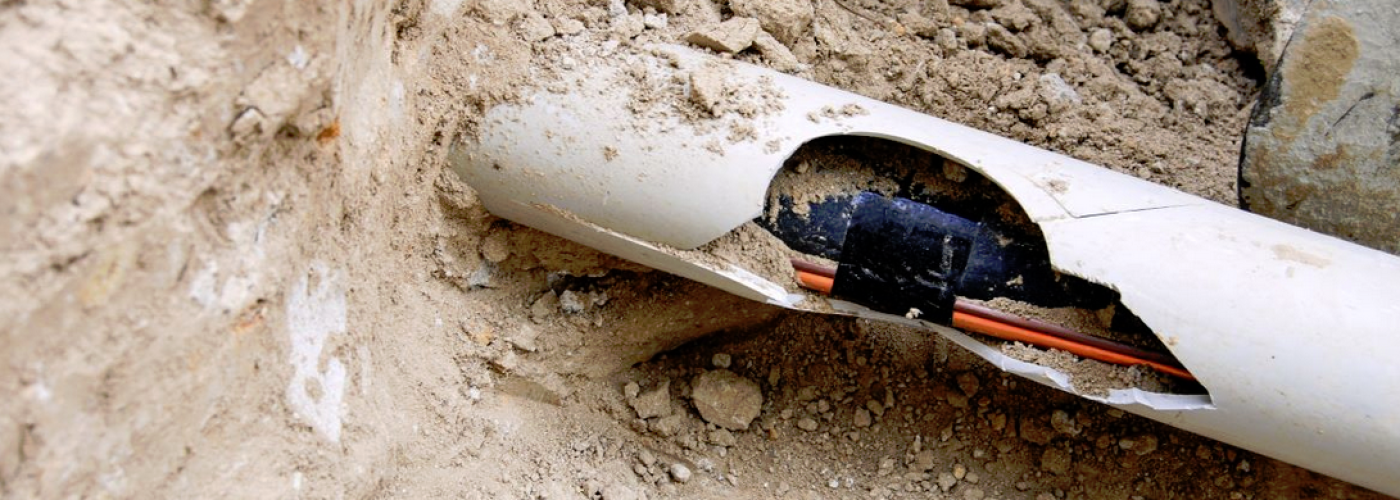Digging trenches can be challenging, especially for electrical or plumbing purposes. To reduce the difficulty, most people perform slot trenching. It makes installing irrigation lines, plumbing, and underground electrical connections easier and faster.
To determine if slot trenching is the method you should take for your project, read this quick guide. It answers the most common questions about slot trenching.
What Is Slot Trenching?
Slot trenching is a method used to dig narrow trenches with minimal excavation. You can use it for installing underground electrical, plumbing, or irrigation lines. Some companies prefer to use it when installing posts and signs.
Unlike traditional trenching, slot trenching creates a narrow trench that requires minimal soil displacement. And because of this, slot trenching is an excellent choice to minimize the damage that regular digging may cause.
Often, you can perform hydro excavation to make slot trenches. Hydrovac slot trenching uses a specialized machine that deploys pressurized water and sucks in loose soil. It makes slot trenching easier, faster, and less destructive.
What Are The Benefits Of Slot Trenching?
Slot trenching has many benefits, including reduced excavation, less soil displacement, and quicker installation times. It also allows for more precise line placement and minimizes damage to surrounding landscaping and structures.
Aside from that, it prevents damaging any nearby roots too much. And since only a tiny area is dug or removed, it reduces accidents for those careless enough to slide inside a huge messy trench.
What Equipment Do You Need For Slot Trenching?
You need a specialized trencher or a saw that can make narrow cuts in the ground to perform slot trenching. You’ll also need shovels, measuring tape, and safety equipment like gloves and eye protection. As mentioned, you can also use a hydrovac for this construction method.
Here’s a quick tip: You can use some tools in slot trenching for DIY projects like upgrading your deck area.
How Deep Should You Dig Your Slot Trench?
The depth of the slot trench depends on the size and type of the line you install. Slot trenches should generally be at least 12 inches deep. However, it can vary depending on local building codes and regulations. Also, they should be narrow, typically no wider than three inches, to minimize soil displacement and excavation.
Note that OSHA (Occupational Safety and Health Administration) has defined standards for performing slot trenches. Their objective is to improve the safety of the people working or digging ditches, mainly aimed at construction firms and contractors. These standards or policies can also apply to slot trenches.
How Do You Backfill Your Slot Trench?
After installing your line, you can backfill your slot trench with the soil removed during the digging process. Thoroughly compacting the ground is essential to prevent settling and ensure the line remains level. Depending on the technique you’ll use when slot trenching, you may need to get new soil to fill the trenches.
Can You Do Slot Trenching By Yourself?
Slot trenching can be a DIY project. You can do it yourself—especially if it involves installing electrical wiring for your backyard lighting or something similar. You can also get someone to help you, as an additional person can significantly speed up the work.
Obtaining all the right equipment and safety gear is a must if you’re doing it alone. Be sure to follow all local building codes and regulations. It’s essential to consult a professional if you need clarification on any aspect of the project.
How Much Does Slot Trenching Cost?
The cost of slot trenching varies depending on the length and depth of the trench and the type of line to install. Getting quotes from multiple contractors to compare prices is best to ensure you get a fair price for your project.
Regarding DIY, the cost depends on the availability of all the equipment necessary for the project. Mostly, you’ll worry more about the time you need to spend instead.
What Are Some Safety Tips You Need To Follow?
Slot trenching can be hazardous if not done correctly.
It’s wise to follow the safety tips below:
- Identify the necessary factors in your project. These include soil type, trench depth and width, and slot cutter or trenching equipment type.
- Beware of the lines already installed underground on your property. You wouldn’t want to hit or damage them. Some tools available in the market can help you locate underground waterlines and electrical lines.
- Remember to wear personal protective equipment (PPE). You must always be cautious enough.
- Follow OSHA regulations. As mentioned, OSHA has some guidelines for dealing with trench work.
Conclusion
Slot trenching can help install underground lines with minimal excavation and soil displacement. This quick guide should have given you enough information to get you started with your project.

Building, Design & Construction Magazine | The Choice of Industry Professionals





